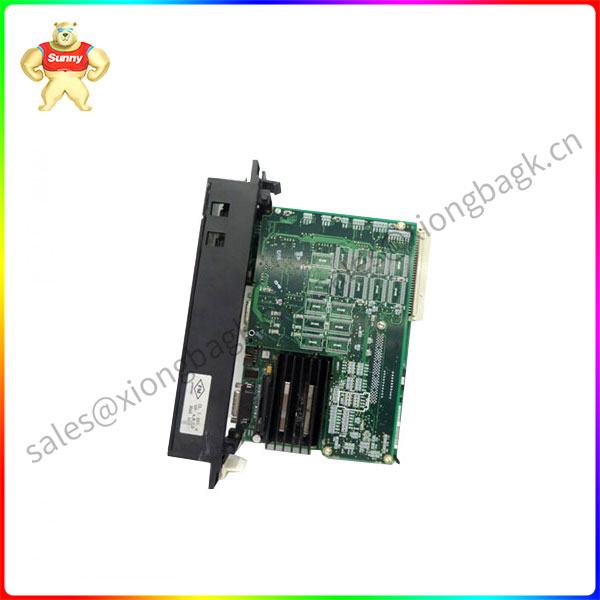In today’s digital era, embedded systems have developed rapidly, robots, artificial intelligence, ChatGPT frequency is increasing, industrial intelligent systems based on intelligent chip processing power and processing speed demand is stronger. Traditional CPU-based processors have been unable to meet the requirements of various intelligent tasks. The emergence of intelligent control SoC chips has become the first choice for many intelligent terminal devices. The multi-core heterogeneous structure of intelligent control SoC chips can be deeply coupled with artificial intelligence algorithms to obtain the support of higher performance and more complex algorithms. It lays a solid foundation for the application of intelligent AI, artificial intelligence and robots. The domestic multi-core heterogeneous SoC, XIC D9350, is suitable for application to the robot scene. As the embedded robot master control scheme, Mir needs more powerful and comprehensive performance. Generally, the operation of Android+Linux+ros system is adopted, and three independent chips are required to support the entire operating system, which is difficult to compatibility and high cost. And the core D9350 has high integration, high computing power, high efficiency, high processing power, high access capacity and high security six products, to achieve CPU, NPU, GPU, MCU “four core in one”, and equipped with 5*Cortex-A55 core. Support multiple operating systems such as RT-LINUX+ Android and ubuntu +RTOS system in parallel, truly achieve “multi-core, one-core, multi-system”, core D9350 with its high integration to improve the system cost performance, reduce the difficulty of deployment Core D9350 chip architecture features, support hardware AMP, can be divided into multiple groups of processors to use:

IC697CPX928-CD
The 4-core Cortex-A55 runs at 1.6GHz, can run Android and ubuntu systems, and can achieve graphical GUI and human-computer interaction.
The single-core Cortex-A55 runs at 1.6GHz, can run real-time operating systems such as RT-LINUX, and is responsible for underlying device communication and management.
Three Cortex-R5s run at 800MHz, can run RTOS or even naked, and can achieve ultra-high-speed peripheral operation, real-time response, and more.
With NPU acceleration computing unit, with 1 Tops AI acceleration capability. Mil’s Core D9350 platform, based on the Ubuntu operating system, runs the ROS robot application framework and provides a complete set of tools and libraries, including messaging, communication mechanisms, package management, debugging and visualization functions to achieve robot control. ROS, which stands for Robot Operating System, is a framework suitable for robot programming, which couples the originally loose parts together and provides them with a communication architecture. Although ROS is called an operating system, it only connects the operating system and the ROS applications developed, so it is also a middleware, a set of software libraries and tools, and builds a communication bridge between Ros-based applications, so it is also a running environment running on Linux. Robots’ perception, decision-making, and control algorithms can be better organized and run. ROS is the middleware between the underlying operating system (such as Linux) and the upper-layer business application software (such as OpenCV). Simply put: ROS= communication mechanism + tool package + robot application function + robot ecosystem, making the development of robot control system more efficient and reliable.
 中文版
中文版




